How to order Organic PLeating
Organic Pleating Gallery
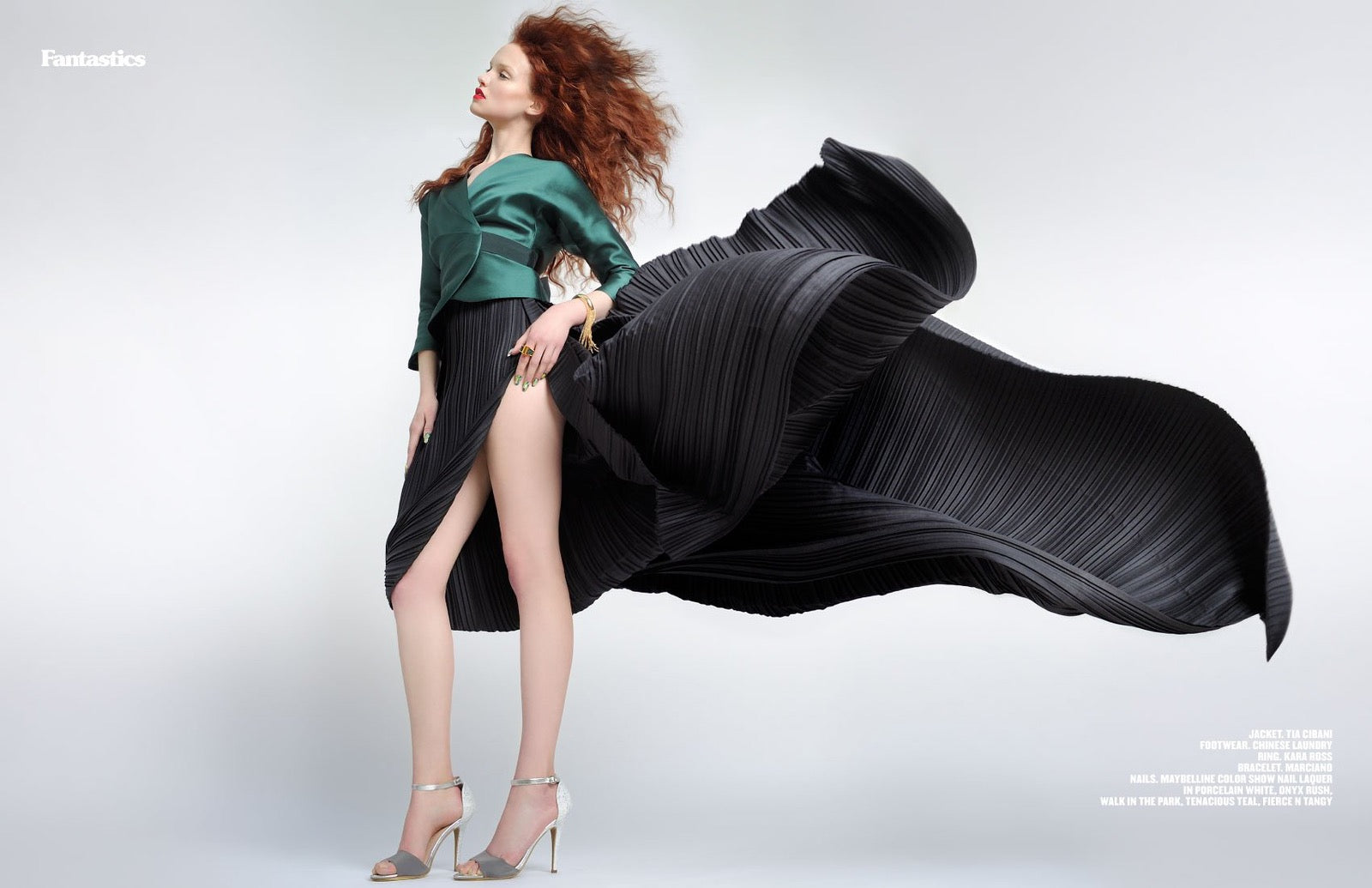
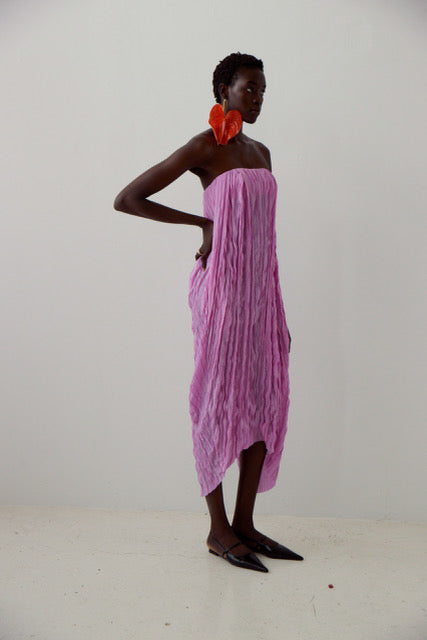
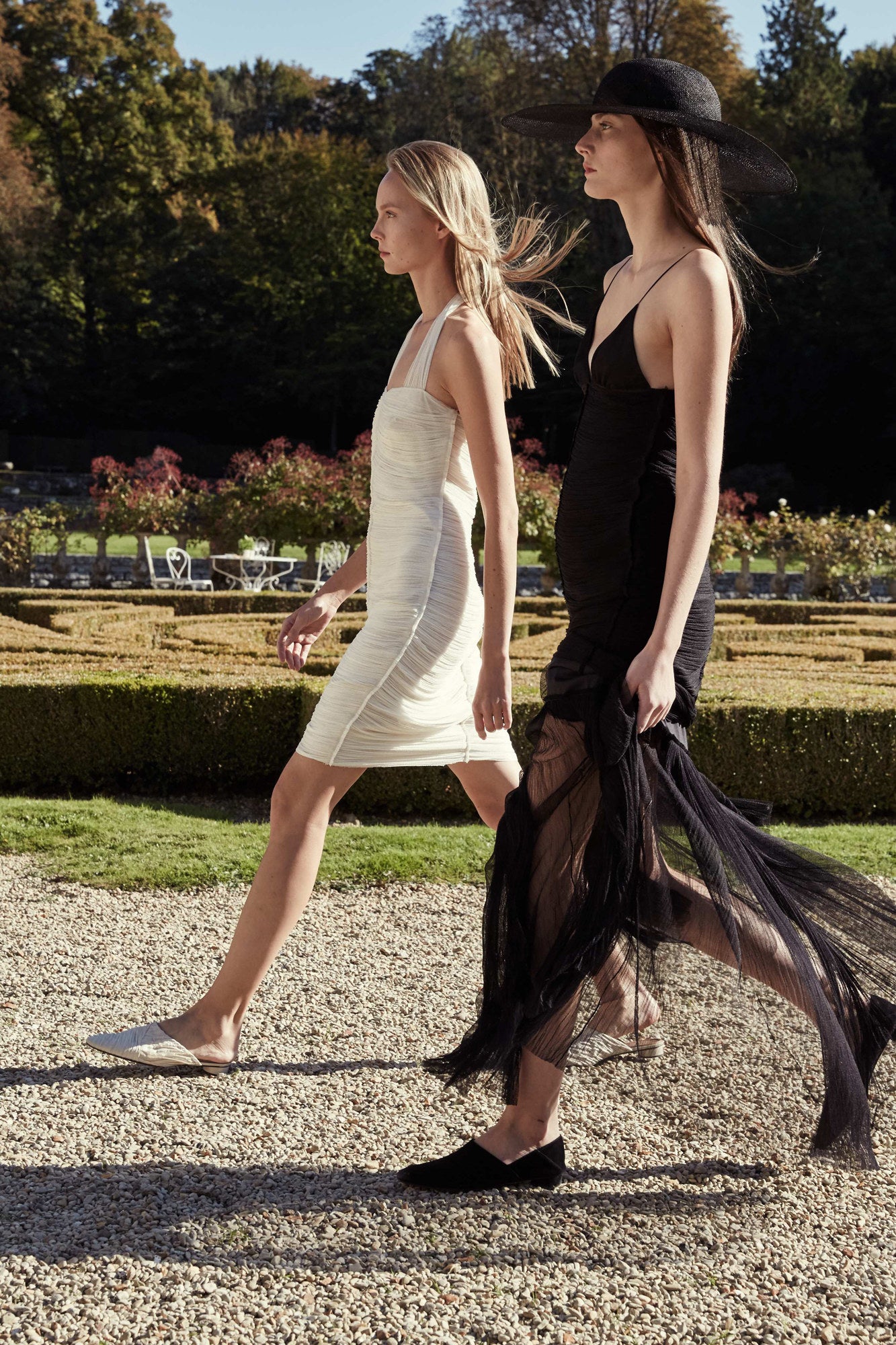

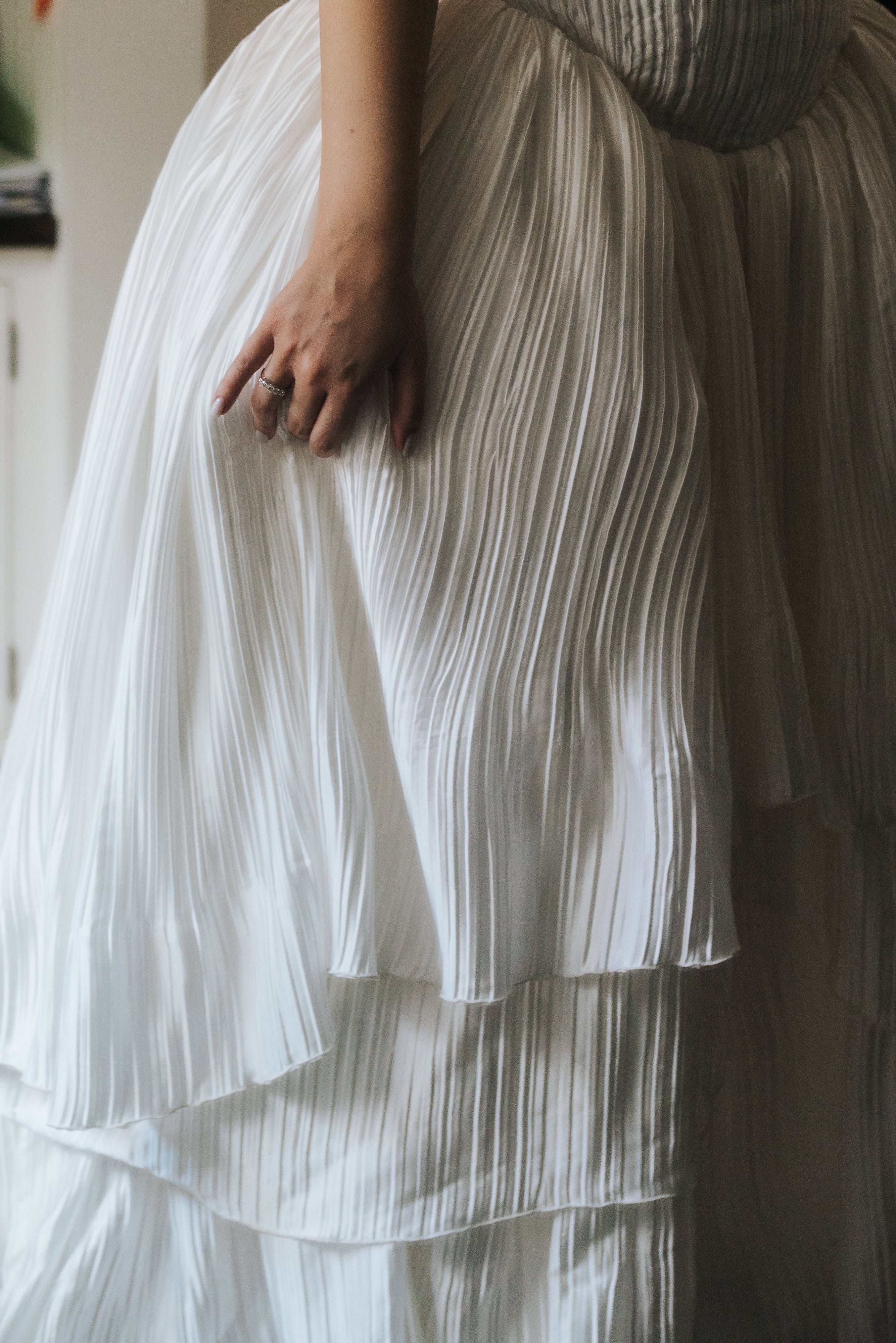
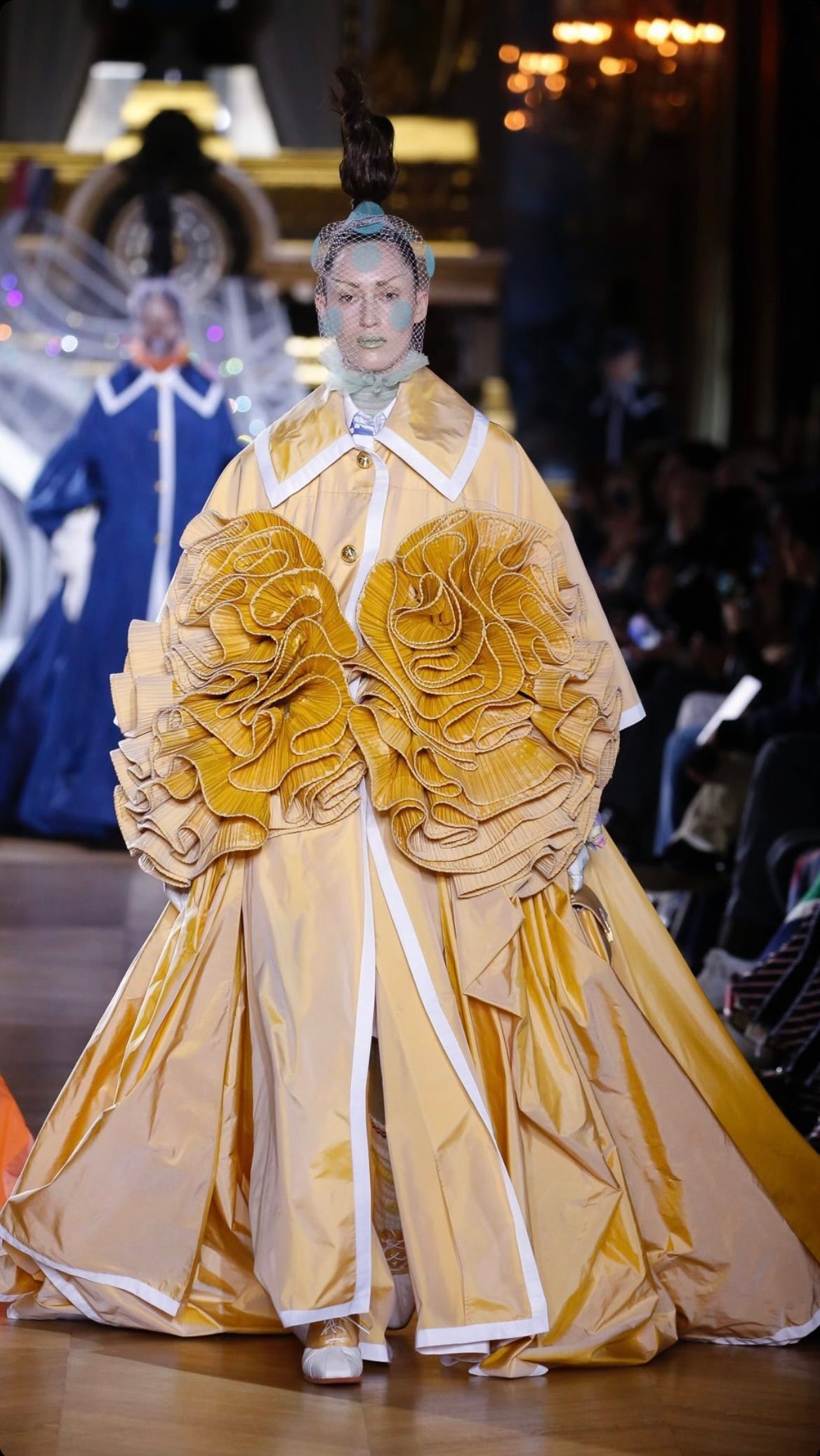
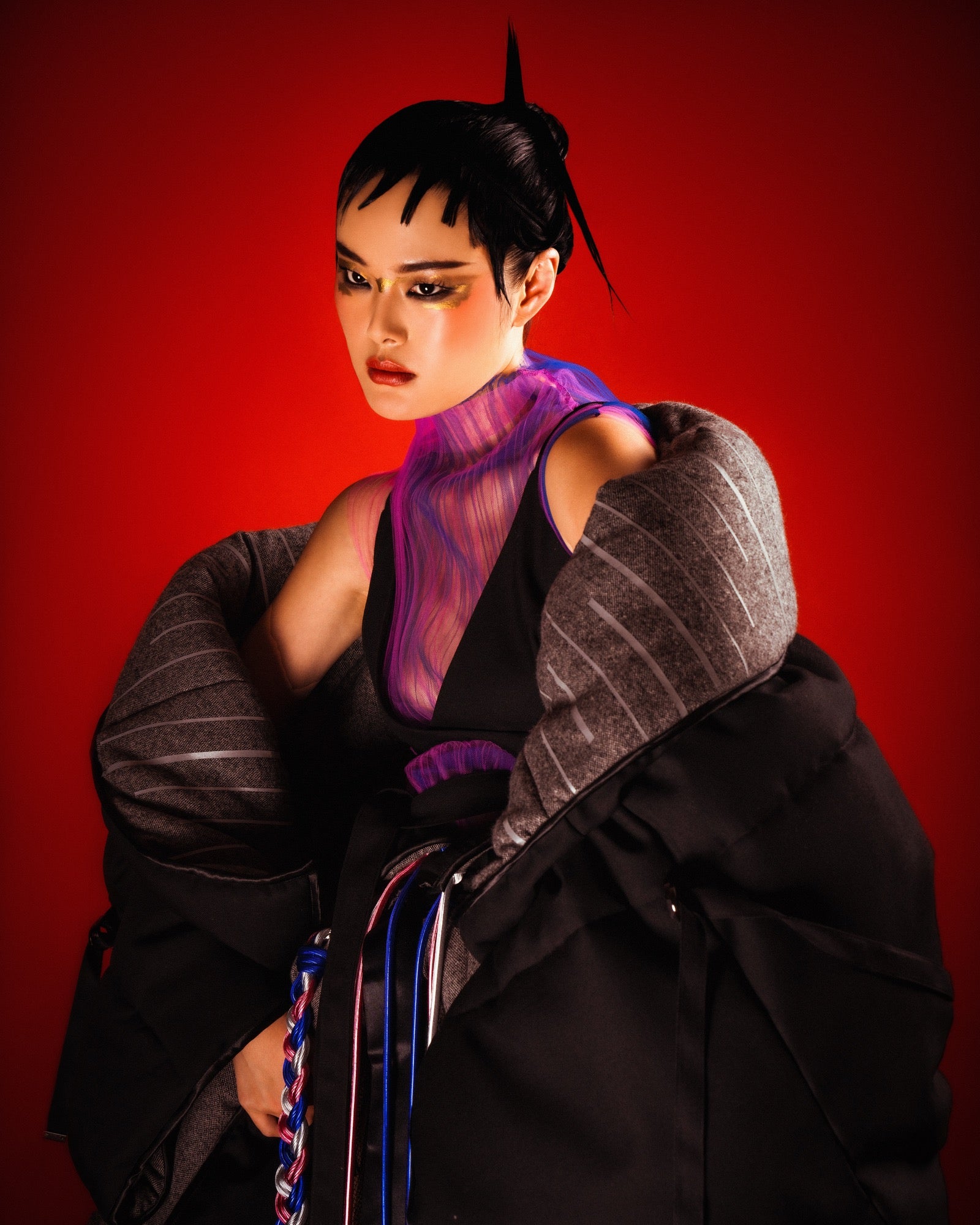
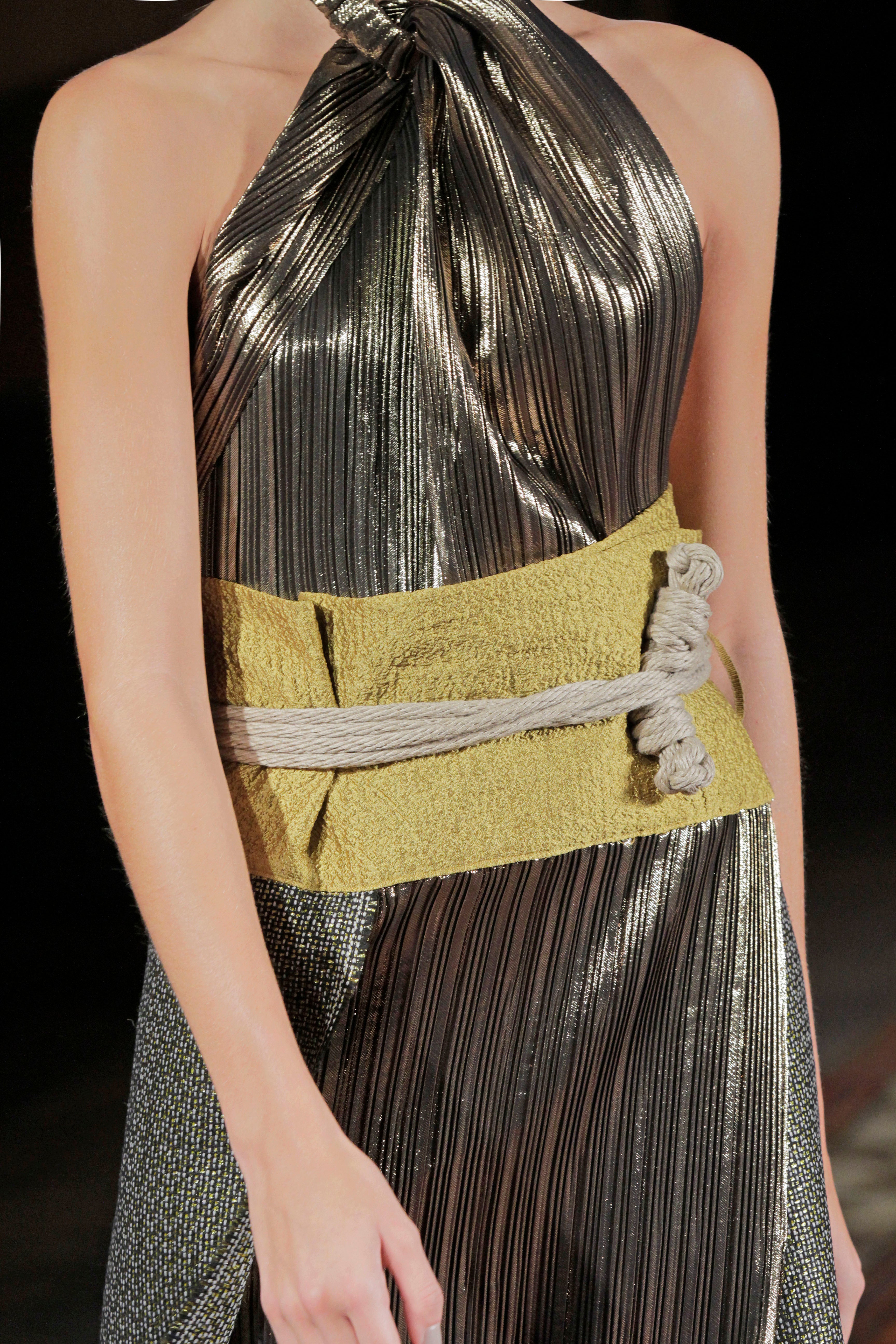
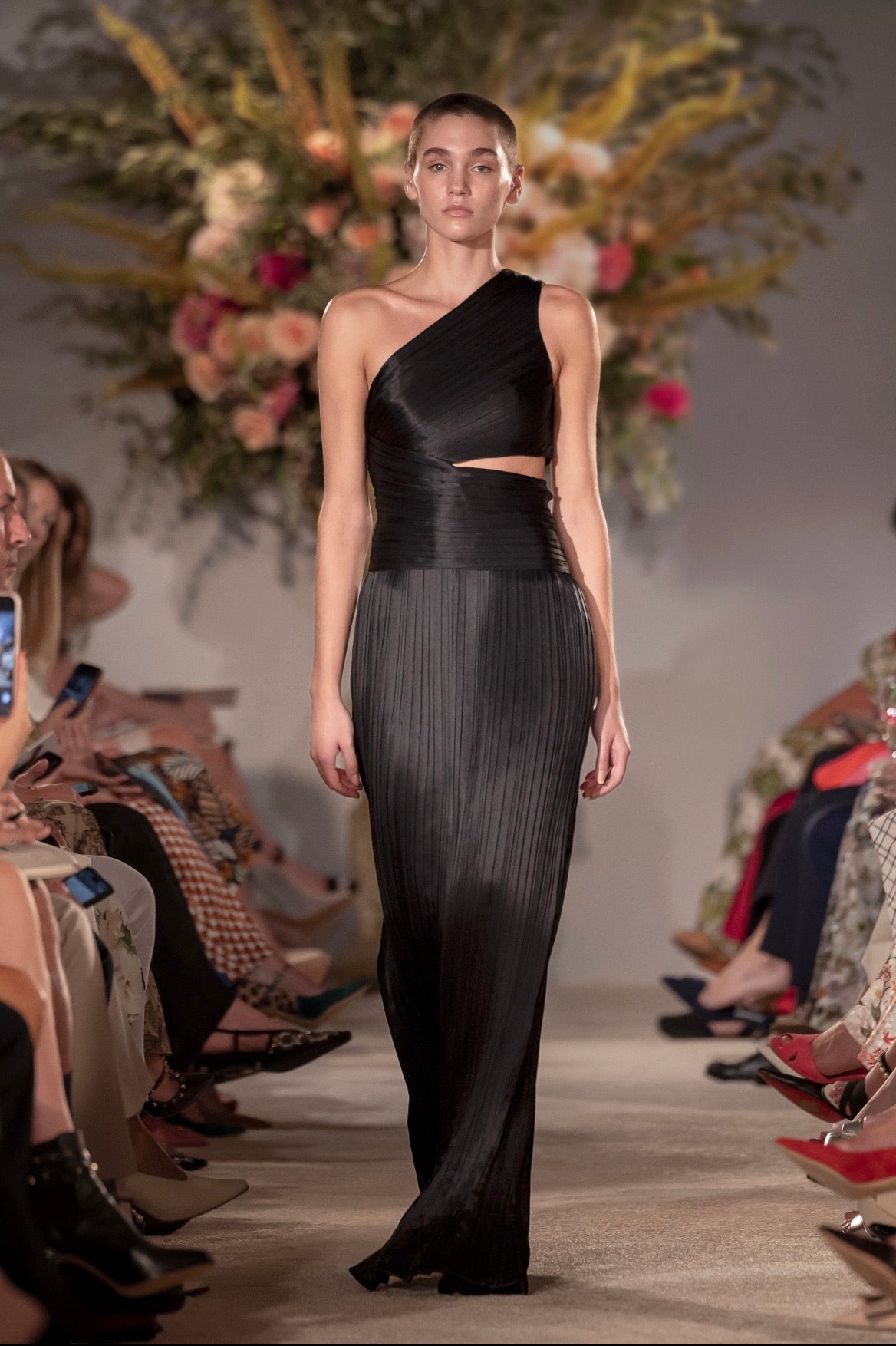
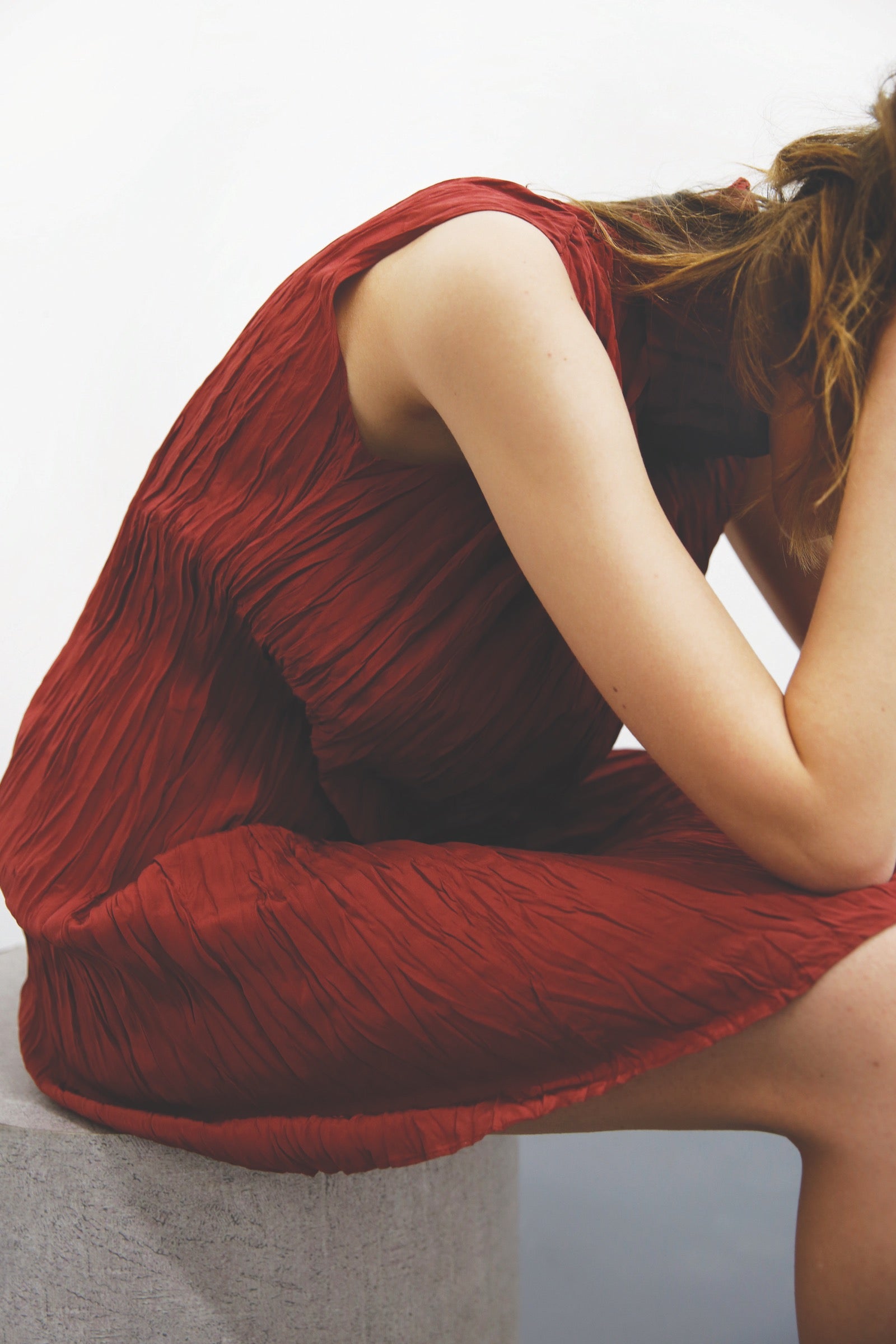
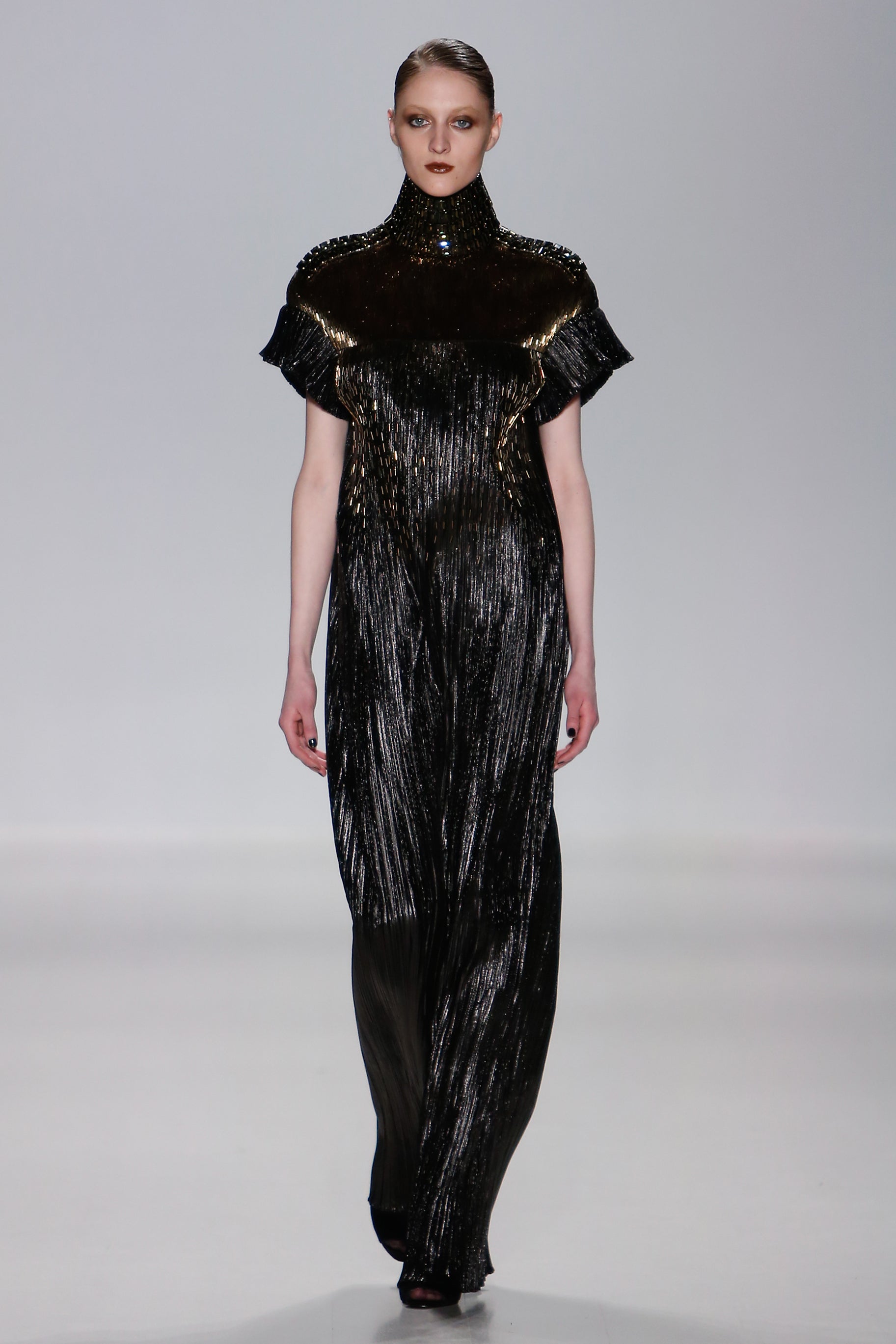
Please read How To Order Custom Pleated Fabric. Once you have decided to order organic pleating, follow the steps below to understand the additional steps necessary for calculating and preparing your order. Important details you need to know about organic pleating:
- It can be pleated by hand or by machine. If pleated by hand it is pleated in small panels. If pleated by machine the length can be as long as 50 yards.
- If pleated by machine the maximum, the maximum width is 59in. Please contact us for custom sizes you require.
Step 2. Determine how much pleated fabric you need. This is based of the number of garments you are making or your pattern specifications If you are making a skirt then please provide your hip measurement and skirt length. If you do not have a pattern or tech specs we also provide Product Development Services.
Step 3. Calculate open yardage. Once you know how many pleated yards you need you can determine how much "open yardage" is required before pleating. Various pleating styles usually have a specific "loss factor" or "loss ratio" indicating the amount of fabric that will be used. In most cases the standard pleating loss factor is 3:1. This means three yards of fabric will yield one yard of pleated fabric. However, some organic pleating styles and fabrics will use different amounts of fabric.
Step 4. Choose your fabric quality. This is entirely based on your project needs. However, as a general rule of thumb you should consider the following:
- The thinner the fabric, the smaller/finer the pleat size. Thicker fabrics will force you to use larger pleat sizes.
- The thinner/softer the fabric the more flowy it will be. Stiff fabrics tend to have get more stiff after pleating.
Step 5. Hemming. This type of pleating is usually hemmed after pleating completed. If you wish to have your garments pre-sewn and pleated after hemming, you can hire our Product Development Services.
To order custom organic pleating fill out the Machine & Organic Pleating Order Form and watch the video instructions below:
